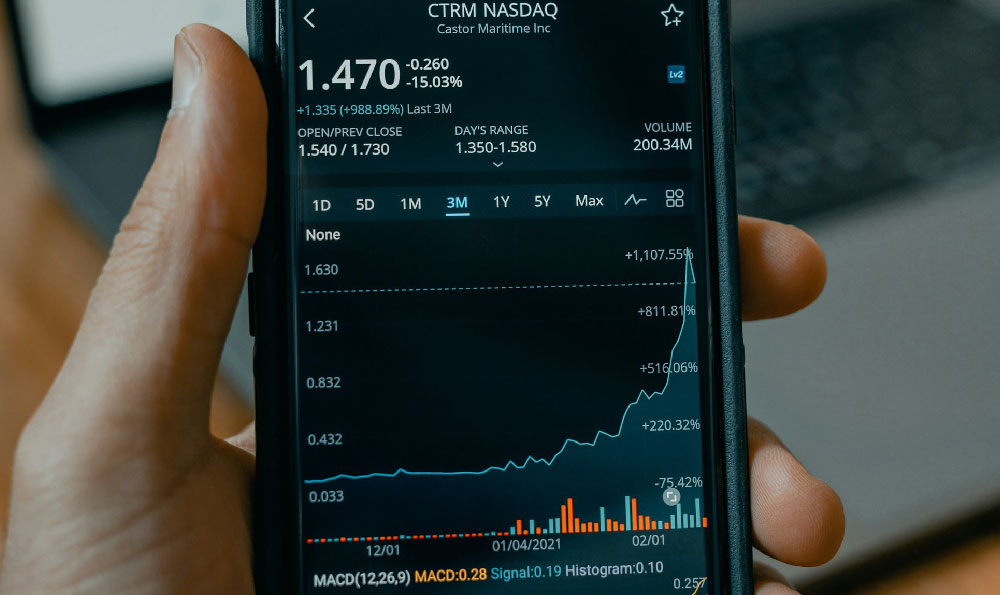How Can You Build An App & Actually Make Money?
Okay, let's explore the multifaceted world of app development and monetization. Creating a successful and profitable app requires more than just a brilliant idea. It demands a well-defined strategy encompassing development, marketing, and, most importantly, monetization. The core question isn't just how to build an app, but how to build an app that generates revenue sustainably.
The very first step, often overlooked, is rigorous market research. Identifying a genuine need or a gap in the existing app landscape is crucial. Don't just assume your idea is unique; delve deep. Analyze competitor apps – what are they doing well? Where are they falling short? What are users complaining about in the reviews? Use app store analytics tools to estimate download numbers, revenue streams, and user demographics for comparable apps. This research will not only validate your idea but also inform your development roadmap. It's essential to understand your target audience intimately. Age, gender, location, tech-savviness, and even their daily routines all influence how they interact with apps. Create user personas to represent your ideal users; this will guide design decisions, feature prioritization, and marketing efforts. A cooking app targeted at busy professionals will have different features and marketing strategies than one aimed at stay-at-home parents.
Once you have a solid grasp on the market, it's time to define your app's core functionality. Prioritize the essential features that solve the user's problem effectively and efficiently. Resist the urge to pack everything in from the start; a Minimum Viable Product (MVP) allows you to launch quickly, gather user feedback, and iterate based on real-world usage. Choosing the right development approach is equally critical. You have several options: hiring an in-house development team, outsourcing to a development agency, or using a no-code/low-code platform. The best choice depends on your budget, technical expertise, and the complexity of the app. An in-house team offers greater control but requires significant investment in salaries and infrastructure. Outsourcing can be cost-effective, but careful vetting of potential agencies is essential. Look for agencies with a proven track record, relevant experience, and transparent communication processes. No-code/low-code platforms are ideal for simpler apps and can significantly reduce development time and costs, but they may have limitations in terms of customization and scalability.

Now, let’s dive into the heart of the matter: monetization. Several viable strategies exist, and the best approach depends on your app's functionality, target audience, and business model. Here's a breakdown:
- In-App Purchases (IAP): This is one of the most popular methods. It involves offering virtual goods, services, or features within the app for a fee. This could include extra lives in a game, premium filters in a photo editing app, or access to exclusive content in a subscription-based app. The key to successful IAP is providing genuine value that users are willing to pay for. Avoid being overly aggressive or intrusive with your prompts.
- Subscriptions: Ideal for apps that offer ongoing value, such as streaming services, news apps, or productivity tools. Subscriptions provide a recurring revenue stream and can foster long-term customer loyalty. Offer different subscription tiers with varying features and pricing to cater to a wider range of users. Consider offering a free trial period to entice users to subscribe.
- Advertising: Displaying ads within your app can generate revenue based on impressions or clicks. However, be mindful of the user experience. Overly intrusive or poorly placed ads can be frustrating and lead to churn. Choose an ad format that is relevant to your app and integrates seamlessly into the user interface. Consider offering a paid option to remove ads for users who prefer an ad-free experience.
- Freemium: This model offers a basic version of the app for free, with premium features or content available for purchase. This allows users to try the app before committing to a paid subscription or one-time purchase. The challenge is to strike the right balance between free and premium features; the free version should be compelling enough to attract users, but the premium version should offer significant value.
- Affiliate Marketing: Partner with other businesses and promote their products or services within your app. You earn a commission for each sale or lead generated through your app. This approach works best if your app caters to a specific niche audience and you can recommend products or services that are genuinely relevant to them.
Beyond the initial monetization strategy, continuously monitor and optimize your app's performance. Track key metrics such as user acquisition cost, retention rate, and conversion rate. Use A/B testing to experiment with different features, pricing models, and marketing messages. Gather user feedback through surveys, reviews, and in-app feedback forms. Analyze this data and iterate on your app based on real-world usage. Remember that building a successful app is an ongoing process, not a one-time event.
Effective marketing is the lifeblood of any successful app. Before launch, build anticipation through social media, blog posts, and email marketing. Once the app is live, utilize App Store Optimization (ASO) to improve its visibility in app store search results. ASO involves optimizing your app's title, description, keywords, and screenshots to attract more organic downloads. Consider running paid advertising campaigns on app stores and social media platforms to reach a wider audience. Influencer marketing can also be effective, particularly for niche apps.
Finally, protect your intellectual property. Secure trademarks for your app's name and logo. Consider patenting any unique features or functionalities. Carefully review and understand the terms of service of app stores and third-party libraries. This will help you avoid legal issues and protect your investment.
Building a profitable app is a marathon, not a sprint. It requires meticulous planning, diligent execution, and a relentless focus on user experience. By following these guidelines, you can significantly increase your chances of success and build an app that not only solves a problem but also generates sustainable revenue. Remember to stay adaptable, embrace innovation, and never stop learning. The app landscape is constantly evolving, and staying ahead of the curve is essential for long-term success.














